At The Money: with Brandon Zick, Ceres Farmland Fund(October 8, 2025)
Full transcript below.
~~~
About this week’s guest:
Brandon Zick is Chief Investment Officer of Ceres Farmland Fund (now part of Wisdom Tree); the fund owns and manages about $2 billion in agricultural land assets
For more info, see:
Professional Bio
Masters in Business (coming soon!)
LinkedIn
~~~
Find all of the previous At the Money episodes here, and in the MiB feed on Apple Podcasts, YouTube, Spotify, and Bloomberg. And find the entire musical playlist of all the songs I have used on At the Money on Spotify
TRANSCRIPT:
Barry Ritholtz: Have you ever thought about investing in farmland? Real assets have become increasingly popular, primarily accessed through alternative investments. Like private equity funds. Farmland has seen broad, non-correlated gains, and they show little signs of slowing down. After all, they ain’t making any more land.
I’m Barry Ritholtz, and on today’s edition of At the Money, we’re gonna discuss investing in farmland. To help us unpack all of this and what it means for your portfolio, let’s speak with Brandon Zick. He’s Chief Investment Officer of Ceres Farmland Fund, managing about $2 billion in ag assets. By the time you hear this, Ceres will have closed their sale to Wisdom Tree, where they’re going continue operating as an independent agriculture investing firms. And full disclosure, I’m also an investor in CS through my own personal investing.
So, Brandon, let’s just start with a basic question. What makes farmland a compelling addition? To any investment portfolio compared to other real estate assets.
Brandon Zick: Thanks Barry and farmland. It provides a lot of, uh, a lot of different things that help in a portfolio. So farmland will generate a good amount of income. Uh, it’s positively correlated with inflation and it’s also non-correlated with other things in your portfolio and becomes a diversifier and it’s a capital appreciating asset. It’s not a depreciation play,
Barry Ritholtz: So yield capital appreciation. And an inflation hedge.
Brandon Zick: That’s correct. Yeah. And that’s why investors have been investing in farmland for a long time, but it’s now becoming more, uh, broad based to the public markets.
Barry Ritholtz: So let’s talk about that historical pattern. If, if there’s rent and yields, is this potentially, if. Fixed income substitute, do dividends get paid out to investors?
Brandon Zick: Yeah, that’s the way that a lot of people look at it. It’s uh, the annual income could be paid off as a dividend. So you do see some public REITs and private REITs that are structured that way that would force that dividend out. Uh, but you can also just continue to reinvest as well. And you have that capital appreciation.
And if you think back over the last 70 years and look at data from the Chicago Fed, you’ll see that long-term appreciations averaged about 6% annualized, and the components of that are really just inflation plus gains in productivity. Because farms, these are living beasts where they’re actually growing crops every year, and, improvements in technology can help crop yields and increase the bottom line, you see a number of those benefits fall to the landowner.
Barry Ritholtz: So you guys have scaled up to $2 billion in farmland investing. How do you identify and source attractive farmland opportunities? What’s the current market like?
Brandon Zick: So there’s a number of ways to buy farms. There are public auctions that exist. They’re very localized, and we’ll attend two to 300 of those a year. But the majority of farmland is done through private transactions. And, and these aren’t listings you don’t see for sale signs on farms?
Barry Ritholtz: There’s no Zillow for agriculture?
Brandon Zick: Not yet. At least. To, uh, there are people trying to do something like that, but there are, there are ways to source farms kind of off market. And we do all of that through our farm tenant network. Even though I grew up on a family farm, we’re not operating the farms ourselves, we’re renting the properties to active family farmers. All of those farmers own ground. They rent land from us, but they rent a real large preponderance of their acres from other people.
And those other people are usually not institutional investors. They’re estates, trusts, non-farming heirs, people who, after two or three generations, will likely sell the land. And so we use our tenant network or our farmer network to try to source some of those opportunities privately.
Barry Ritholtz: You guys mostly invest in the us What regions or sectors do you find most attractive?
Barry Ritholtz: We’re the US only. Uh, our mandate is really anywhere. We invest in 12 states, but about two thirds of our acres are located in Indiana and Michigan, and almost 90% of our acres are in the Great Lake States. Add in Illinois, Wisconsin, Kentucky, Ohio, and Western New York. We think that’s our sweet spot because there’s fantastic market for, rental with farmers. It’s highly competitive. It’s very high quality soils, which are great for growing crops. We also have a lot of water resources, both underground and at rains when you’re trying to grow a crop. And these are commodities, so low cost producer winds and being closer to the population centers of the East coast, where all of these crops generally move is a huge benefit as well.
Barry Ritholtz: You mentioned inflation earlier. How does inflation and just generally macroeconomic trends affect farmland, values and investor interest?
Brandon Zick: Farmland is positively correlated with inflation, and that comes from a few in a few different ways. So, um, you know, clearly crop prices can increase and you know, that’s one of the bigger things that can help drive revenue on farms is increase in crop prices, crop yields.
But over time, farmland has a number of different uses. So whether it’s for development or other types of things, on top of just your typical farmland, you’ll see that increased value over time. So even with a booming economy, you can see farmland value is increasing as well, even if the actual ag production on that farm is not increasing.
Barry Ritholtz: So let’s talk about those other opportunities briefly. Mineral rights easements. You mentioned hunting, uh, when we were chatting about this earlier. Um, even data warehouse and ais are looking for property in those spaces. How, how significant. Um, add-ons are those to basic value of farms?
Brandon Zick: There’s really two different groups I would put that in. You can have, some of the ancillary income, so like harvesting, select timber on farms. Typically, when you’re buying a property, it’s not a hundred percent tillable. And even if it were to be a hundred percent tillable. And growing crops, there are off seasons and you want to continue to manage those properties.
We lease out farms for hunting. We harvest select timber. We like oil and gas rights or other types of minerals that can be incremental. We’ve had wind turbines on properties and those are all kind of incremental to your farm value.
Then there are other things like solar, where you’re taking the majority of the farm to convert it, and in that case, you may have a 30-year lease inflation-hedged income, of course, but the income is going to be anywhere from three to five times the farm income. So you could be generating 15 to 20% a year in gross income off of your, over your cost basis for solar.
And then there are, uh, other opportunities when you own real estate. When you own dirt, there’s optionalities, to your point around concert or around easements. So easements can be conservation easements, which we don’t really do much of. But they can also be easements for running fiber, for running power. And there’s a lot of, um, natural gas. There’s a lot of opportunity there. And then you can see for manufacturing, you can sell properties for that, for multiples of farmland value.
And now in the Midwest, we’re seeing a huge demand for data center development. And that’s anywhere from 8 to 20 times farmland value. Because when they identify a site that has great power resources, great water, hopefully few neighbors; It has fiber there. There’s a lot of ways to be able to you know, build these things that then. They’re gonna be willing to pay a strong price.
Barry Ritholtz: And this administration has been urging the, uh, owners of these, or builders of these to focus in the us. They’re not comfortable with the servers overseas, even if it’s cheaper to operate.
Brandon Zick: That’s definitely an issue that’s out there, and you really need to be within the US in areas where there’s capacity on the grid. You certainly need, favorable admin or favorable government in all these areas to be able to do it as well.
You will see a saturation in certain spots that then they have to move to others. So, uh, some of the largest data center campuses in the US or outside of Chicago and Columbus, Ohio, you don’t see much new development going on there because of lack of power, oversaturation. So we’re seeing much more demand in places where we have a big footprint like Indiana, Michigan, parts of Kentucky, parts of upstate New York.
Barry Ritholtz: So what are the risks unique to farmland investing? How much of this is climate change and weather, water access, and just government regulation and, and NIMBYism. What, what do you have to think about when you’re considering a risky business.
Brandon Zick: When you think of the climate side, those are the traditional risks to farmland. So droughts and floods and things like that. So we prefer to invest in areas where you have that natural rainfall, you have strong soils, good drainage. You don’t buy farms right next to big rivers, because they can flood.
And then as you think over time, okay, there’s climate change. Is there a warming happening? Is the grain belt moving farther north? So our position around the Great Lakes, we think mutes a lot of that risk.
Barry Ritholtz: In other words, this is an area that’s only gonna become more attractive for farming, not less.
Brandon Zick: That’s right. If the Great Lakes region is running outta water, then everyone else already did. So it’s uh, it’s an interesting dynamic. And so that’s where we focus our investment. But there’s farmland all across the US that has all different types of values. Different ways to manage risk.
In farmland you can do that through implementation of drainage structures. You can do it through irrigation to try to be able to have water when others don’t. So there are ways to mitigate some risk there.
To your other point about regulation. I mean the history of the US is agriculture, so there are a lot of regions agriculture’s encouraged and, development always brings pressure.
So when you think about what are the issues in farmland that farmers face today, it’s development pressure, it’s labor pressure. Input cost and things that come in. So if you’re in areas like California, where we don’t invest, there is a lot more regulation around water, around labor that makes it more difficult to be an operator when you’re growing a commodity crop.
There are places that we move away from or we don’t invest in generally. I’m not saying we never would, but we haven’t yet because we just don’t think it’s an attractive area.
Brandon Zick: Let’s talk about California for a second. Every time I’m on the West Coast. I marvel at how local and fresh the food is. Avocados are everywhere. The tomatoes are wonderful. They have a lot of really, good local crops.
But what I’m hearing from you is California may not be an attractive. Um, agricultural investment area. Is that taxes, is that regulation, is that water availability? What are the challenges of farmland in California?
Brandon Zick: Those local crops that are going to local markets, the produce you can get in California is second to none. I would agree with that. That’s not a scalable, large business from our standpoint. Now, while there are some very large owners of farmland that produce the California cutie oranges, the big pistachio growers and almond growers, they’re all large corporate groups that this is the only spot to grow that – the avocado. That makes sense.
But from the row crop standpoint, there’s a lot of water being used to grow crops that you kind of have this misalignment of incentives longer term around use it or lose it. Strategies around water. So you’ll see a lot of cotton and rice grown in California, which I would probably say is not where you should be growing that and using that water.
We look at regulation, it’s coming everywhere around water, because water will be, the next big battle that’s out there. Restriction is gonna come right after regulation. As things get restricted, we think it’s more prudent to be in areas where there’s an abundance of water or an aquifer recharge, as opposed to California where you have no new, infrastructure being built to capture water. No new reservoirs.
Ritholtz: What about desalination? You would think there’s the Pacific Ocean adjacent. They should have all the water they want.
Brandon Zick: Well for municipal that actually might make sense at some point. I mean, the cost is significant. The energy costs are significant as those costs come down for the highest and best use of water municipal, that would be the right answer.
And industrial agriculture is a low value use of water. It doesn’t mean in areas like California that they don’t have senior water rights. Agriculture actually does have senior water rights in parts of California and Arizona because the farmers were the first to settle out there.
So they’re actually ahead of cities in Arizona. Farmers are ahead of cities like Phoenix in terms of where they stack
Barry Ritholtz: And hence the water. Issues in places like New Mexico and Arizona. That’s right.
Brandon Zick: And, then you just have this, the actual climate is not, it’s not recharging aquifers. And if you’re not gonna build infrastructure to, um, to take advantage of when it does rain, then that’s a, that’s an area that we don’t find an attractive investment opportunity.
Barry Ritholtz: Let, let me ask another, California investing. Farm and land question vineyards, are these an investible asset or is that essentially a sort of vanity project that all these separate vineyards are running?
Brandon Zick: That’s an interesting question because, um, you know, wine consumption’s gone way down. And the same for craft beer. People have moved a non-alcoholic, they’ve moved to seltzers, High Noons, etc. So from that standpoint, it’s a little challenged on the macro level
The idea of investing in vineyards. Actually one of my brothers went to Cornell and he ran vineyards in California and other parts of the country. And he would tell you it’s just very difficult with labor. You have to be able to sell the bottles for a very high price. If you’re just producing grapes and then selling ’em to someone else that’s selling the retail product, that’s a difficult business to be in. So we don’t get excited about investing in vineyards.
Although in Michigan we do have one juice grape farm, and I think Welch’s will continue to produce grape juice for a while.
Barry Ritholtz: As a investor in farmland, how do you balance the two different forms of, gains – annual income from rent and crops versus just long-term appreciation of the underlying land?
Brandon Zick: That’s really the benefit of farmland. If we look at our return series over time in areas of strong commodity prices. You tend to have much higher land appreciation and then an area in cycles. The parts of the cycle with low commodity prices, income comprises a bigger portion of your return.
And that high income actually mutes volatility over time because you’re gonna generate that 4 or 5% income every year. And that can really across cycles dampen the volatility you might see from changes in commodity prices.
Now, you would think if commodity prices are changing, your rents are materially changing. All of our leases – we like multi-year leases that are negotiated kind of three years at a time. So even if commodity prices are moving down, our rents aren’t really moving down, or only a portion would be negotiated down. And then as they go up, we try to build a call option into the lease that we can benefit somewhat along the way.
Barry Ritholtz: Final question, what are the most significant challenges emerging in farmland investing looking forward?
Brandon Zick: I think there’s gonna be a lot more competition because historically there really hasn’t been much institutional investment in this space. Only about 3% of US farmland is institutionally owned. And some of that is weighted much more heavily toward permanent crops like vineyards or orchards, areas of the country where you can put larger, dollar amounts to work. So the southeast or the west.
But I think a lot of people are identifying farmland as a great asset, especially for long term oriented investors. This is an asset you can hold for 30, 40, 50 years with some of that optionality around Solar, Wind, timber, even selling into manufacturing or data center construction. Infrastructure funds should have a lot of interest in this because it’s a long-term asset you can pair with these long-term goals and liabilities.
Barry Ritholtz: Really, really fascinating.
So to wrap up, if you’re looking for a non-correlated investment class, an alternative that’s a little different than. Multifamily or office space or other traditional real estate investing, consider farmland. You get regular income appreciation of the underlying land, and you’re somewhat hedged against rising prices and inflation.
I’m Barry Ritholtz, you’ve been listening to At the Money On Bloomberg Radio.
~~~
Find our entire music playlist for At the Money on Spotify.
The post At the Money: Farmland investing appeared first on The Big Picture.




 Troyan/Shutterstock
Troyan/Shutterstock

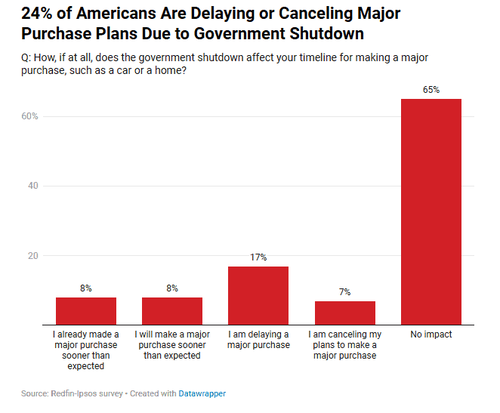

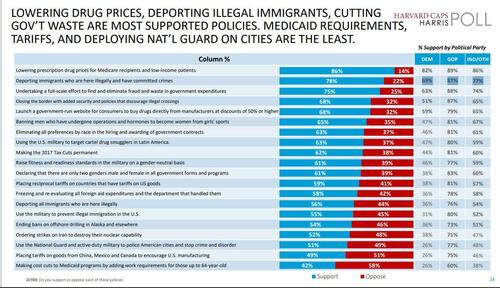
 Image source: USAF
Image source: USAF
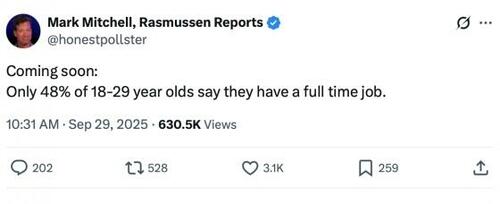
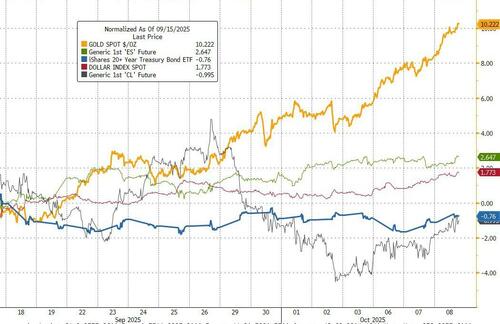
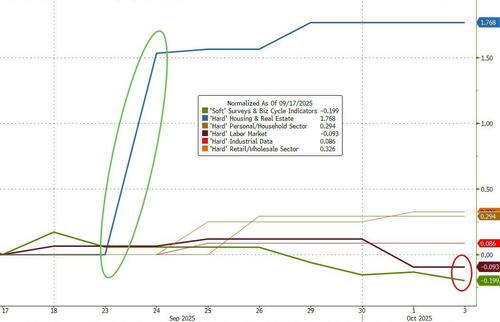
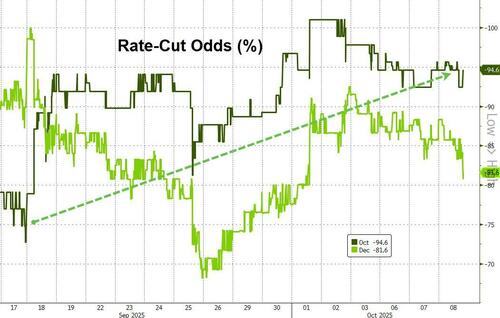
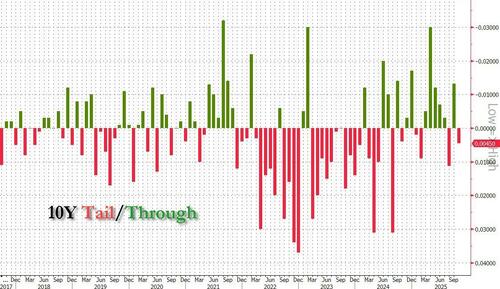
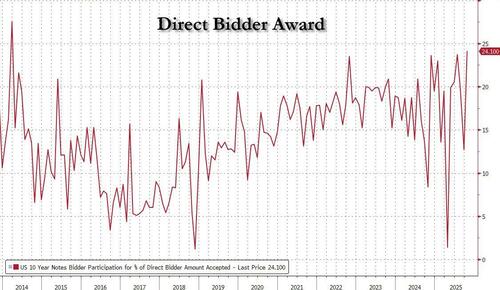
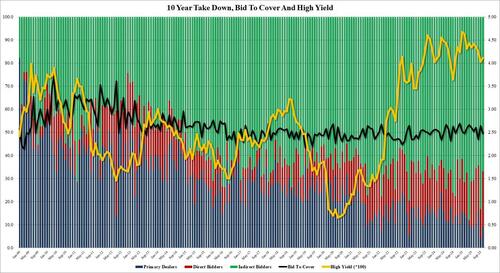


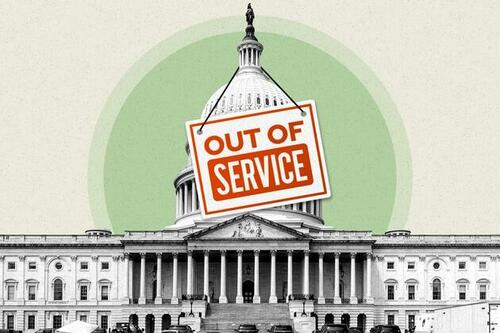 Illustration via Politico
Illustration via Politico

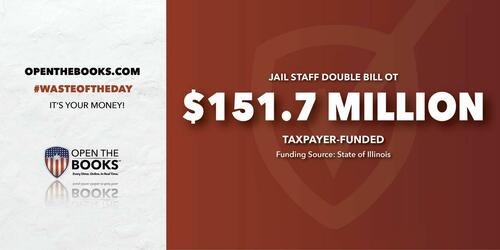

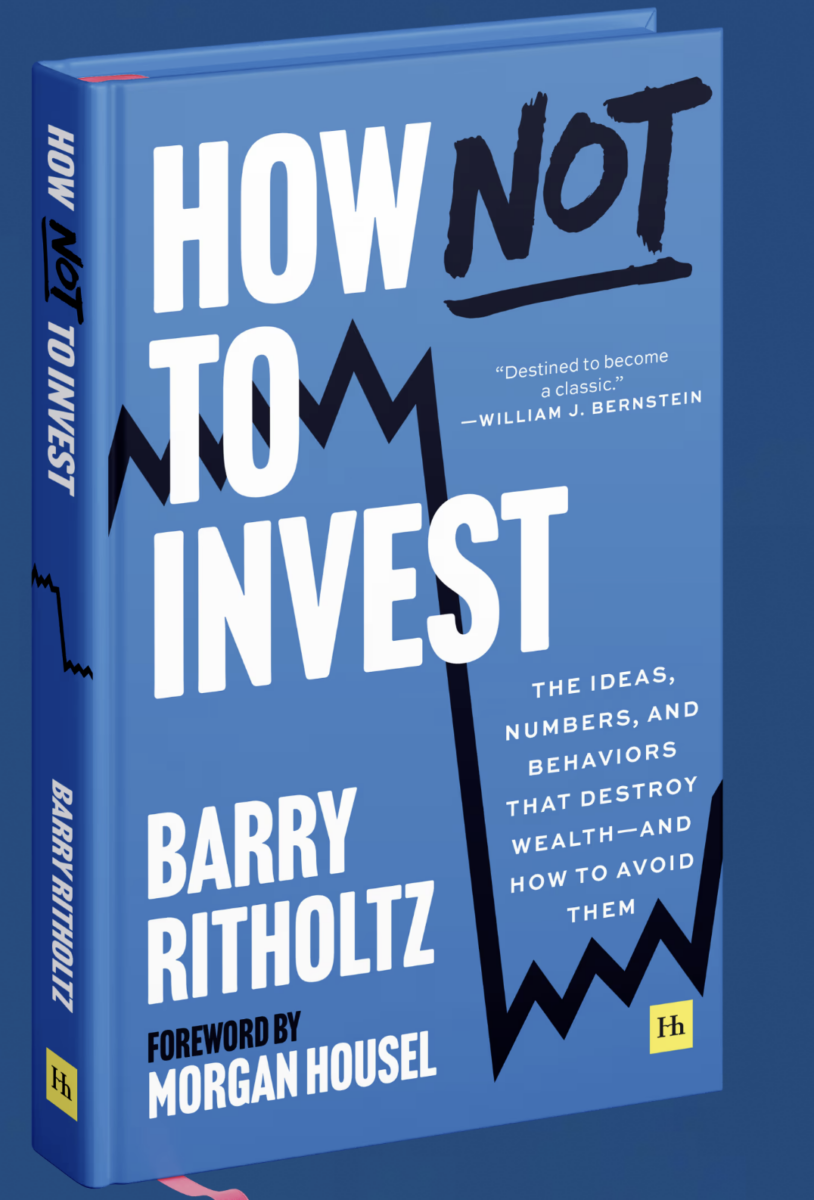

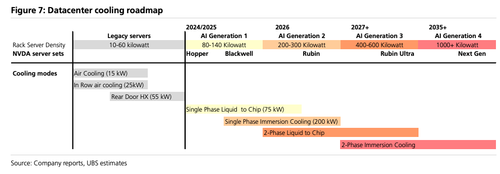

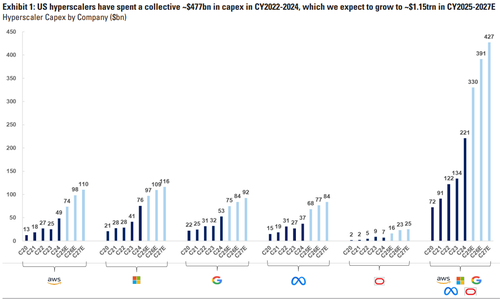
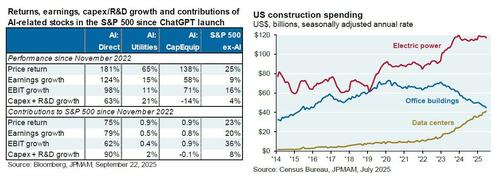

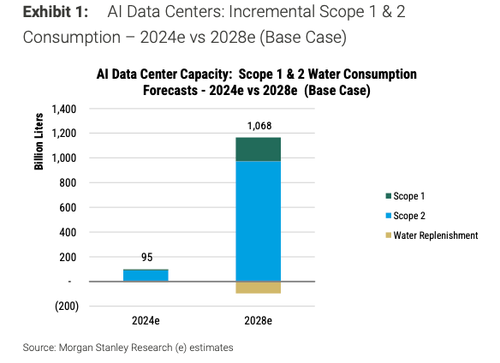
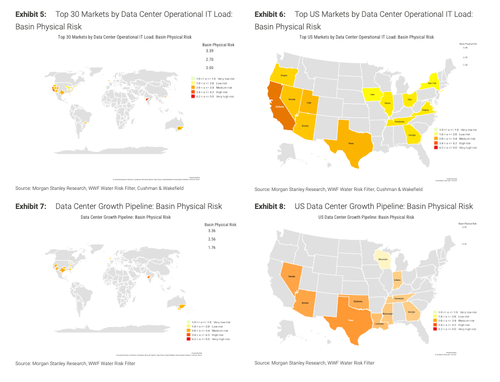
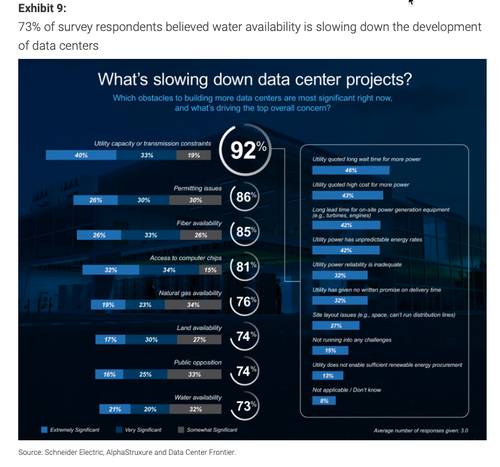

Recent comments